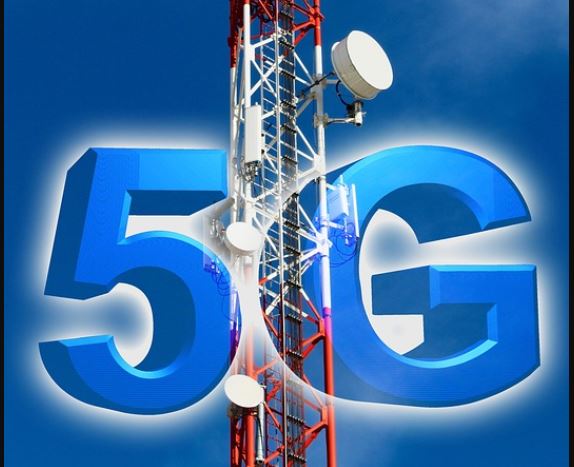The world’s first 5G-oriented smart diamond mine project has been unveiled. Debswana and Huawei jointly established the project that aims to make mine production safer, more efficient, and more intelligent.
Mobile World Congress, Chief Technology Officer of Huawei Mine BU, Xu Jun, explained that the company is using its strengths in ICT technologies like 5G, cloud, Artificial Intelligence (AI), and Internet of Things (IoT) to develop smart mine solutions that are based on an industrial Internet architecture for customers in the mining industry worldwide.
The Huawei-enabled smart mine solution has been deployed at Debswana’s Jwaneng open-pit diamond mine, and the project started operation in December 2021. Huawei’s 4G eLTE private network solution provides stable connectivity for the Jwaneng mine, connecting more than 260 pieces of equipment. This enables interconnection between the mine’s production, safety and security systems.
eLTE solution
The hardware equipment such as base stations used in the mine’s digital transformation solution support network upgrades to 5G. 5G features like high bandwidth and low latency can support the application of cutting-edge technologies like autonomous driving, enabling more intelligent digital transformation of the mining industry in the future.
Debswana’s Head of Information Management Molemisi Nelson Sechaba said that it is important to deploy the eLTE solution to connect mining equipment more stably. There are two reasons for this. The first is efficiency. The ability to transfer data in real time makes equipment like mining vehicles more efficient, increasing yield and reducing long-term OPEX. Second, the solution helped improve safety. Real-time data collection, backhaul, and interaction make the system more sensitive and accurate to provide more reliable protection for staff and vehicles.
“Previously, our company had a system that had limited coverage, used public wireless frequencies and had less robust anti-interference capabilities. As a result, the mine’s different types of data could not be transferred stably in real time,” said Sechaba.

